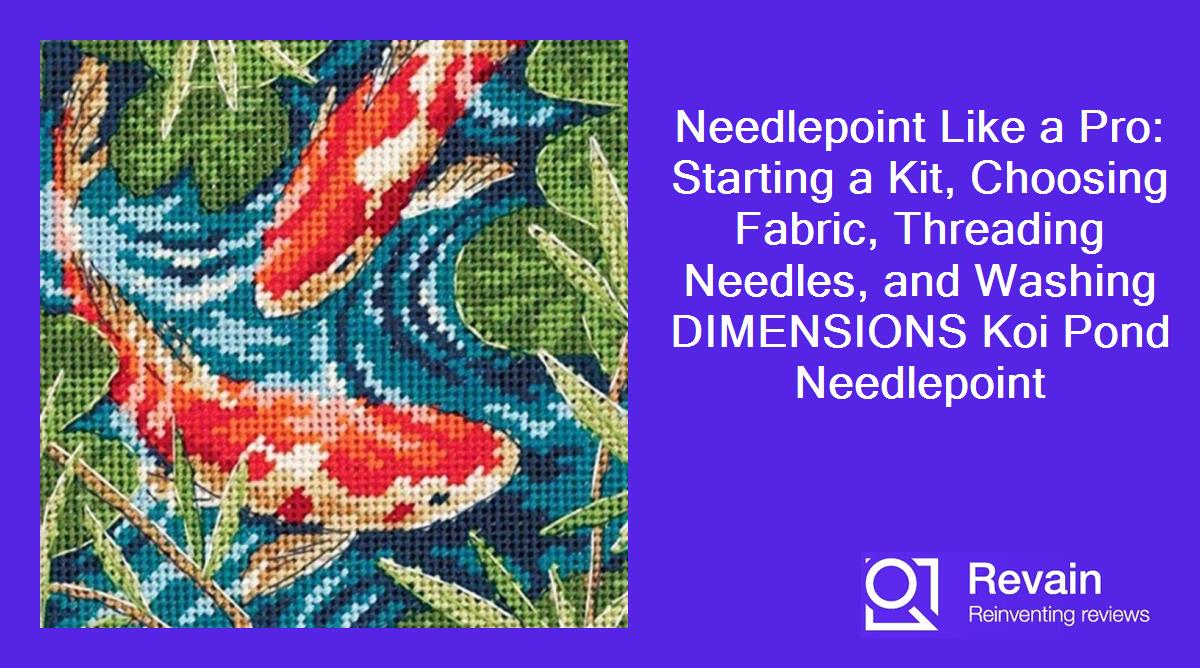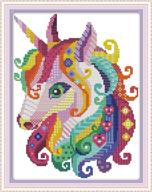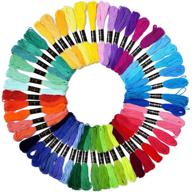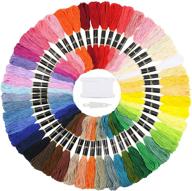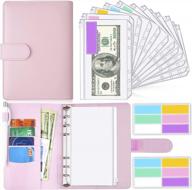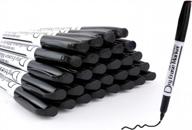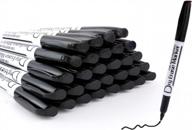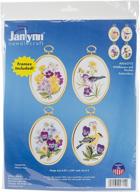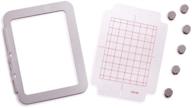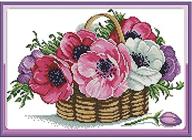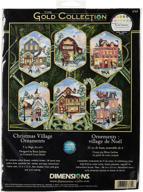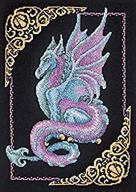Top products in Cross-Stitch
How to Start a Needlepoint Kit
Starting a new needlepoint project can seem daunting, but it's easier than you think if you follow some basic steps. Here's a guide to get you started on your needlepoint kit.
Choose Your Fabric
Needlepoint can be stitched on different fabrics, with the most common being:
- Canvas - Aida or interlock canvas is the most popular foundation for needlepoint. It has an open weave that allows stitches to slide through easily.
- Burlap - Coarser than canvas, providing a more rustic look.
- Linen - Offers a smoother finish than canvas.
Consider the stitch count (number of holes per inch) and color that will work best for your design.
Select Your Thread
You'll need embroidery floss or tapestry wool yarn. Some options include:
- Cotton floss - Available in a wide variety of colors, cotton is a popular choice.
- Wool yarn - Provides excellent coverage and a richness of color.
- Acrylic yarn - An affordable alternative with a sheen.
Choose colors that coordinate with your needlepoint design.
Pick Your Needles
You'll need a couple different types of needles:
- Crewel needle - Has a sharp point and large eye for most stitches.
- Tapestry needle - Blunt tip helps slide through fabric holes.
Make sure to have the right size needles for your chosen fabric's hole sizes.
Read Your Instructions
Your needlepoint kit should include:
- Pattern - Follow this for stitching your design.
- Thread/yarn - Use provided or pick your own.
- Needles - Use the right type and size.
- Fabric - Stitch on the included canvas, linen or burlap.
Read through all instructions before beginning your project.
Starting a new needlepoint project is easy when you choose the right supplies for your design. In no time, you'll have a beautiful hand-stitched creation!
How to Choose Needlepoint Fabric
Choosing the right needlepoint fabric is key to creating a great finished product. Consider these factors when selecting your fabric:
Similar products
Type of Fabric
The most common needlepoint fabrics include:
- Canvas - Provides an open weave and comes in different hole sizes:
- Mono - 10 holes/inch, good for beginners
- Penelope - 12 holes/inch, versatile choice
- Congress Cloth - 18 holes/inch, detailed projects
- Linen - Offers a smooth finish, ideal for portraits
- Burlap - Coarse woven fabric that provides a rustic look
Fabric Count
The fabric count indicates holes per square inch:
| Fabric Count | Best Use |
|---|---|
| 10 | Large, basic designs |
| 12-18 | Detailed designs |
| 22 and higher | Intricate images with lots of colors |
Fabric Color
Choose neutral colors like white, black, beige if you want the stitches to pop. For integrated fabric and design, select coordinating colors.
Stiffness of Fabric
Stiffer canvas holds the stitches better. Softer linen has more drape and is suitable for clothing items.
Consider your design, skill level, and finished use when deciding on needlepoint fabric. The right foundation is key to stitching success!
How to Thread a Needle for Needlepoint
Threading your needle properly is important for neat, consistent stitches. Follow these steps to easily thread your needlepoint needle:
Know Your Needle Types
The two main needles used are:
- Crewel - Sharp tip, large eye
- Tapestry - Blunt tip, small eye
Crewel needles are used for most stitches. Tapestry needles have a protective tip for threaded canvas holes.
Select Your Thread
Common needlepoint threads:
- Cotton embroidery floss - Available in many colors
- Acrylic yarn - Budget-friendly with sheen
- Wool yarn - Provides coverage and warmth
Choose a thread weight appropriate for your needle eye size.
Prepare Your Needle
- Cut thread to 18-24 inches long.
- Hold needle firmly in your dominant hand.
- Moisten the end of the thread in your mouth to straighten fibers.
Thread Your Needle
- Hold thread parallel to needle 2 inches from end.
- Insert through eye pointing tip downwards.
- Pull thread through leaving 3-4 inch tail.
For easier threading, try needle threaders, conditioner, magnifying glasses, and good lighting. Take your time and be patient.
Properly threading your needlepoint needle will make stitching a breeze! Your projects will look polished and professional.
How to Wash Finished Needlepoint
Once your needlepoint is complete, it will occasionally need cleaning. Here's how to properly wash your finished needlepoint:
Check the Label
Look at the instructions on your needlepoint kit. It will indicate if the piece is:
- Washable - Can be machine washed and dried
- Dry clean only - Take to a dry cleaner
- Spot clean only - Use mild soap and water
Hand Wash
For delicate needlepoints, hand wash in cool water using a gentle soap or detergent. Avoid hot water.
- Submerge in basin and gently swish
- Don't rub, twist or scrub
- Rinse thoroughly in cool water
- Lay flat or block to dry
Machine Wash
If labeled washable, machine wash on a gentle cycle using cold water. It's best to:
- Place in a mesh bag first for protection
- Use mild detergent, no bleach
- Lay flat or block to dry
Dry Clean
Take heavily soiled needlepoints or ones labeled "dry clean only" to a professional cleaner. This is the best way to deeply clean while protecting delicate fabrics and stitches.
With proper washing techniques, your needlepoint can stay looking beautiful for years to come without colors running or stitches unraveling.






